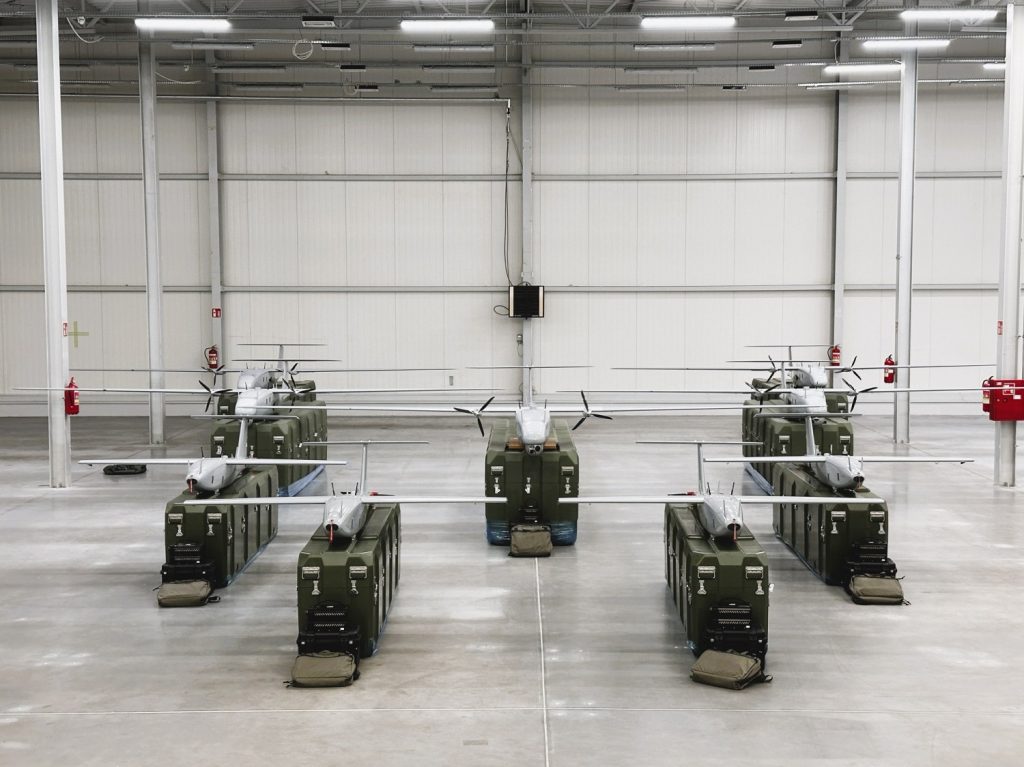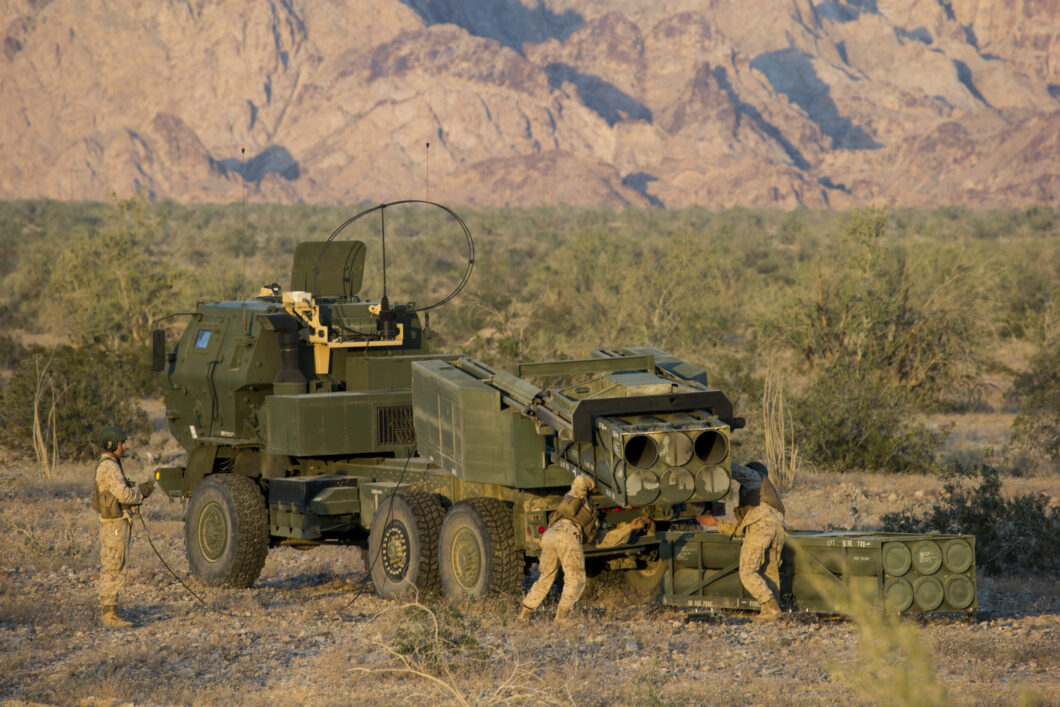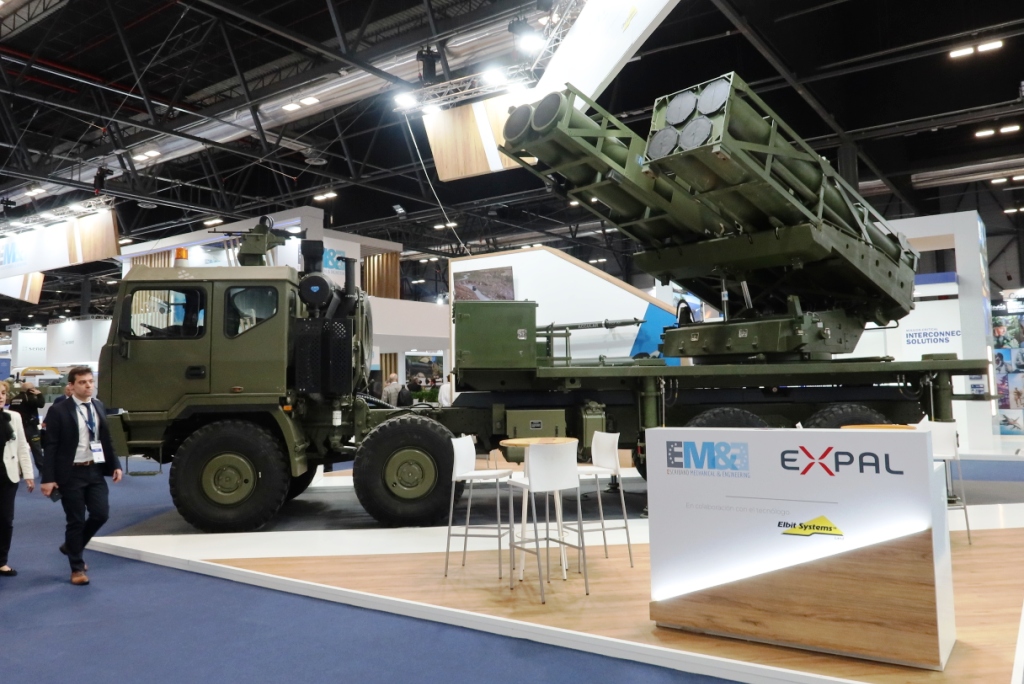https://sill-www.army.mil/fires-bulletin-archive/
Darin findet man einige Informationen zur Genese und zum Einsatz von HIMARS:
RIGBY Randall L.:
Fires for Division XXI: State of the Branch 1995, in: Field Artillery, H 5 (1995), p. 1-9
Force XXI, as a concept, will drive the design of Division XXI. For Division XXI, our primary concern is developing the Field Artillery force structure that will generate the most effective division base of fires.
[...]
To generate these fires, Division XXI will require a robust, all-weather capacity to attack the enemy throughout the depth of his formations and the ability to coordinate joint fires affecting its battlespace. The fires for heavy divisions will come from new weapons such as the Crusader howitzer
system and the multiple-launch rocket system (MLRS); weapons such as the advanced towed cannon system (ATCAS) and high-mobility artillery rocket system (HIMARS) will support light divisions. Fire supporters in command and control vehicles such as the Bradley fire support vehicle (BFIST) will
coordinate fires using the advanced Field Artillery tactical data system (AFATDS).
Fires for Light Forces. While we look at fire support for heavy divisions, we're also examining fire support for light forces. The weapon systems we have in support of our light forces are aging—we need to update them as well.
Legal Mix VIII, a Deputy Chief of Staff for Operations (DCSOPS)-directed study, will determine the best weapon systems for supporting the light forces; we expect an interim report in February 1996 with the final report coming in September. The final report will tell us exactly which weapon systems we need to update our fire support for light divisions.
Right now, we are looking at employing both HIMARS and ATCAS in a light-heavy force mix. HIMARS will provide us a lightweight, deployable rocket and missile launcher to support light forces; ATCAS will provide light forces a lighter weight, medium howitzer that can fire all current 155-mm munitions to a range of at least 30 kilometers.
In initial operations, HIMARS and ATCAS will protect the force from threats ranging from harassment by mortars to ballistic missiles carrying weapons of mass destruction. They'll allow the commander to shape his battlespace from the beginning of the campaign.
As the campaign progresses, the commander will use light forces to alter the tempo of battle by employing air-mobile operations. HIMARS and ATCAS will protect his air bridgeheads—platforms from which he can reach out to extend the battlespace even further. Together, HIMARS and ATCAS will provide the optimum mix of cannon, rocket and missile fires for light fire support, requiring minimum strategic and intra-theater lift support.
https://tradocfcoeccafcoepfwprod.blob.c ... DITION.pdf
RIGBY Randall L.:
1996 Senior Fire Support Conference—Focusing Fires for Force XXI, in: Field Artillery, H 3 (1996), p. 19
The Field Artillery School is participating in an experiment called the Rapid Force Projection Initiative (RFPI) to demonstrate the power of these capabilities. RFPI will outfit a division-ready brigade from the 101st Airborne Division, Fort Campbell, Kentucky, with a suite of advanced hunter-killer systems for a two-year user test beginning in 1998. This force will include a platoon of the high-mobility artillery rocket system (HIMARS) launchers and a battery of surrogates for the Army and Marine Corps future 155-mm advanced towed cannon system (ATCAS).
https://tradocfcoeccafcoepfwprod.blob.c ... DITION.pdf
RIGBY Randall L.:
Mapping the Future: FA State of the Branch 1996, in: Field Artillery, H 5 (1996), p. 6
HIMARS. We continue work on HIMARS for the light divisions. Currently, four prototypes are being built that will be evaluated as part of the RFPI technology demonstration that begins in 1998. We're pushing for funding to allow us to field this capability in 2005.
https://tradocfcoeccafcoepfwprod.blob.c ... DITION.pdf
ROBBINS Jason W.:
HIMARS for Deployable "Heavyweight" Fires, in: Field Artillery, H 3 (1998), p. 33
Since the early 1980s, some Army leaders envisioned the need for a lightweight multiple-launch rocket system (MLRS). Although the M270 MLRS system was being fielded, it lacked the strategic sortie efficiencies and tactical air mobility the C-130 aircraft fleet could afford the Army.
In addition to MLRS, the Army needed a lightweight multiple rocket system to satisfy a multitude of requirements for contingency forces—provide interdiction and counterfire fires, engage deep targets and be C-130 transportable. A new start was necessary to meet all of these requirements.
Approximately 16 years have passed, and the need for such a firing platform has grown. The number of deployed US forces to widely dispersed geographical areas have increased during the past several years. This increased number of deployments supports the need to maximize lethality while minimizing strategic transportability requirements. The high-mobility multipurpose artillery rocket system (HIMARS) will provide that lethality and transportability.
System Requirements. HIMARS will be a C-130 transportable, wheeled, indirect launch system capable of firing all rockets and missiles in the current and future MLRS family of munitions (MFOM). Each HIMARS unit will mirror current MLRS unit functionally and operationally. The HIMARS unit will be assigned to Field Artillery brigades in support of light force operations.
System Fielding. In 1997, HIMARS was funded for fielding in 2007. We are currently exploring options to accelerate the program and field HIMARS sooner—perhaps a battalion as early as 2005. Emerging force structure studies for HIMARS call for the two Field Artillery brigades in support of the light division, each having two HIMARS battalions and one towed artillery battalion.
https://tradocfcoeccafcoepfwprod.blob.c ... DITION.pdf
1998 hat man HIMARS mit den Konzept "Strike Force" in eine Struktur für Auslandseinsätze eingebettet:
MACK C. Christopher/William M. RAYMOND:
Strike Force. Fires for the Future, in: Field Artillery, H 6 (1998), p. 16-19
https://tradocfcoeccafcoepfwprod.blob.c ... DITION.pdf



